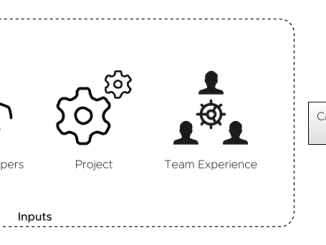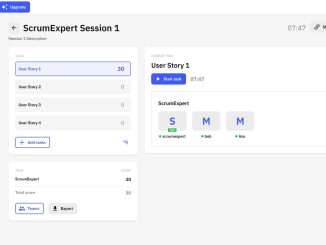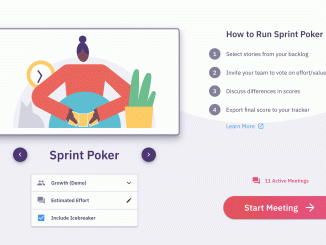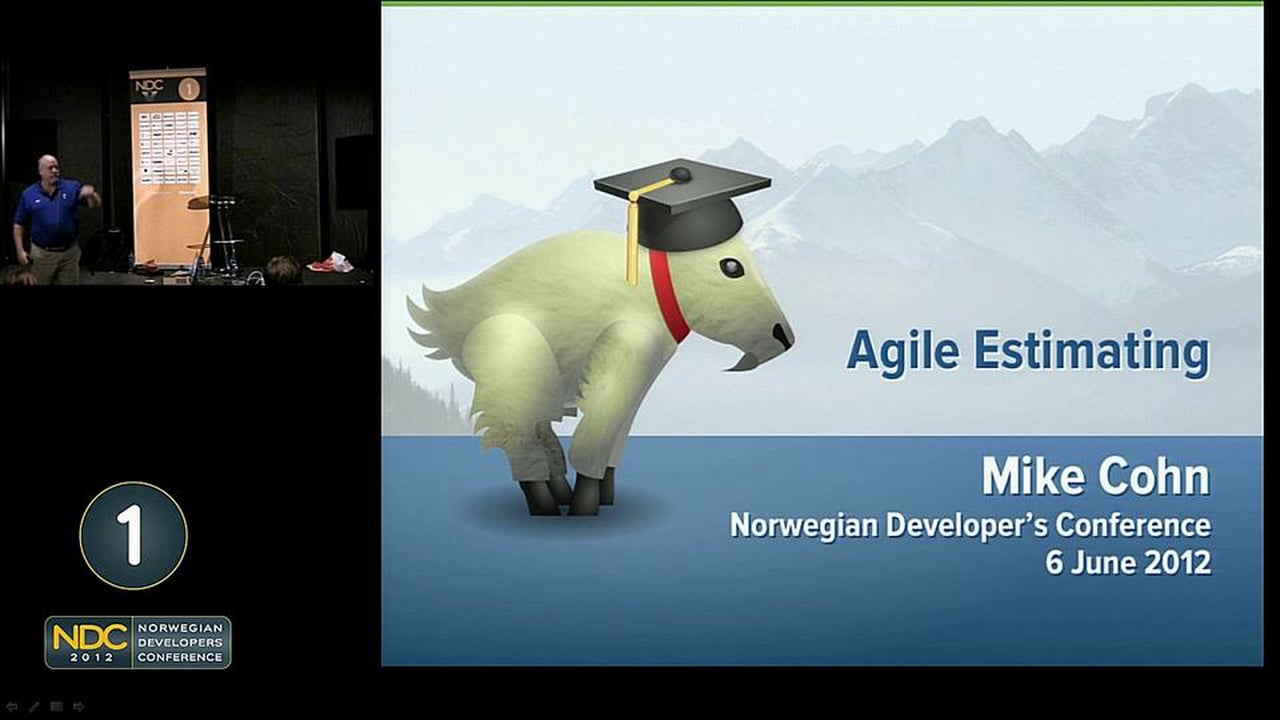Open Source Planning Poker Tools
The first thing to say is that the term “Planning Poker®” is a registered trademark of Mountain Goat Software, the Mike Cohn company. This is why this agile planning practice could be sometimes names differently: scrum poker, agile poker, etc. This article presents a list of free and open source planning poker tools and plugins that are also directly available as online tools.








